The Story of Graphic Design - A Brief History of Graphic Design
Graphic design is the visual presentation of knowledge, data, or creative ideas in visual form, for presentation purposes. At the beginning, let's first describe what graphic design is. Graphic design covers numerous fields of design, including digital and web design. In general, print design (for example, ads, posters, book covers, magazine layouts, and logos) is referred to as traditional graphic design.
It is communication that is essential. Although the history of graphic design can be a difficult subject to study, it is understood that it started in the early 38,000 Backward century and has progressed over time.
The First Preliminary Proof of Visual Contact:
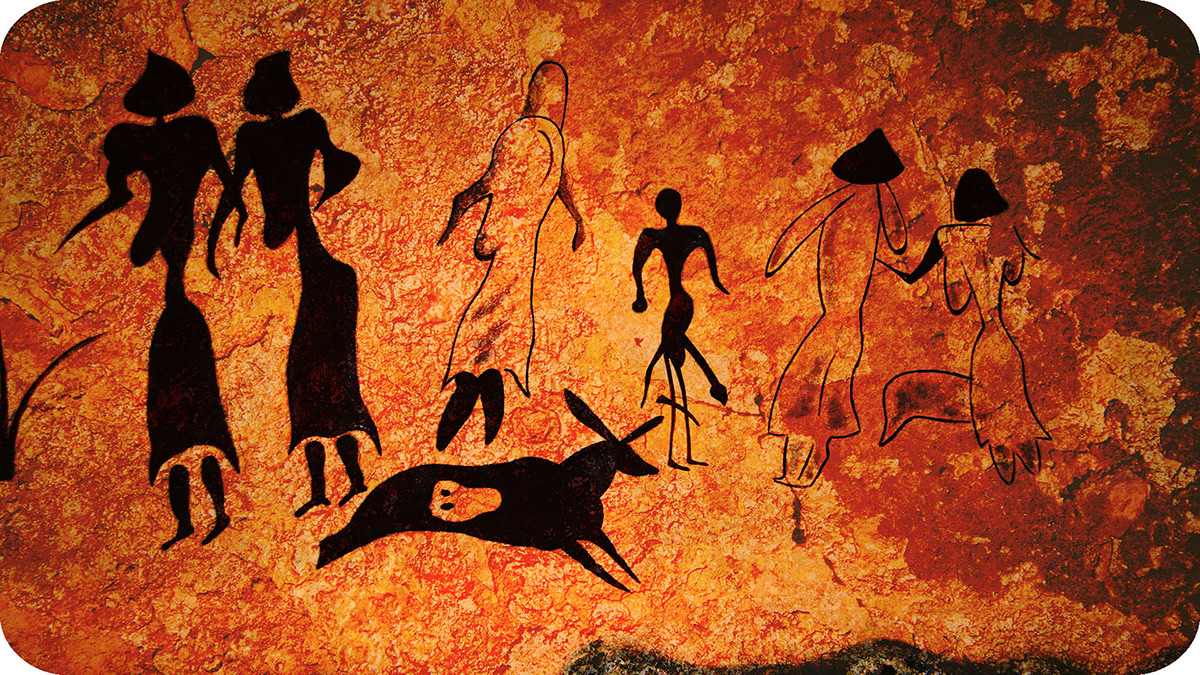
Historians trace the history of graphical design to cave paintings that date back to about 38,000 BCE. These cave paintings is how people transmitted ideas from one generation to the next. Most of the figures depicted in these cave paintings are animals, handprints, arms, and other references to hunting. Although the essence of the contact between humans and is uncertain, it is obvious that humans were communicating using body language.
The Starting Point of a Visual Language

Language and alphabet-based graphic design is the next step in evolution of the craft. It is assumed that the Sumerians invented writing in around 3000 BC. Between 3300 and 3000 BC. Early types of writing used pictures to stand in for objects. At this early point, you can already see early uses of graphic design.
The Invention of the Printing Press
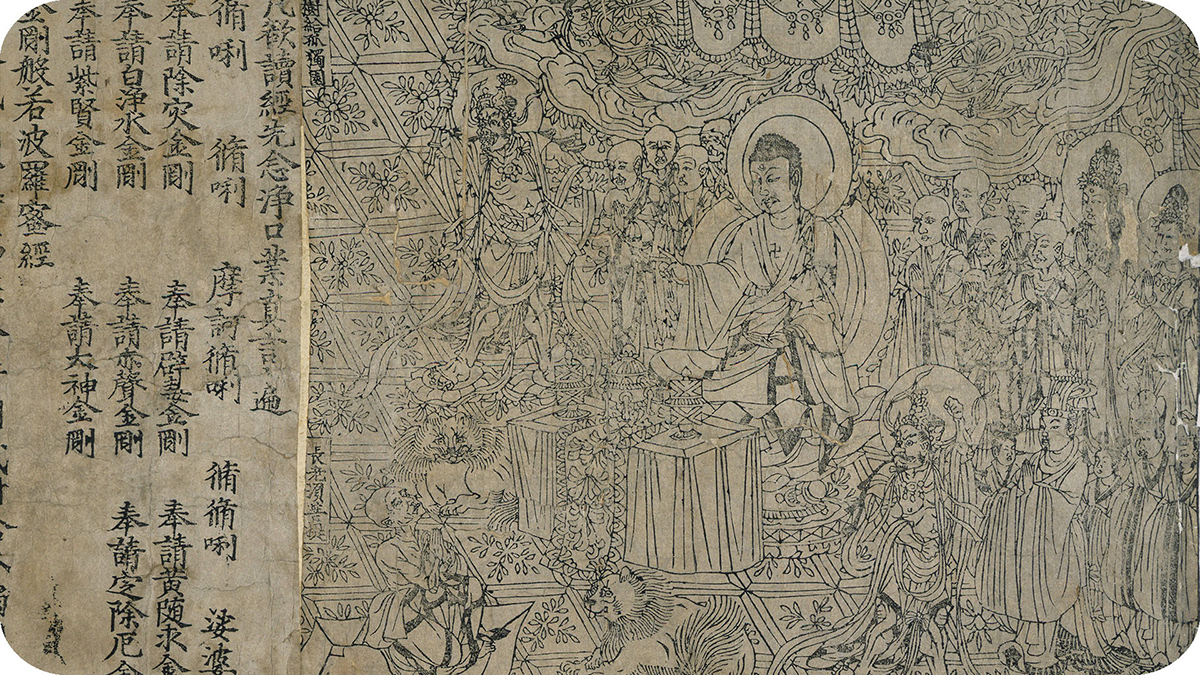
Of course, without the printing press, there could be no graphic design. China started using woodblock printing to print patterns on silk clothes in the 6th century, and then on paper. The technique invented by Bi Sheng in 1040 for the first time brought movable type printing to the world.
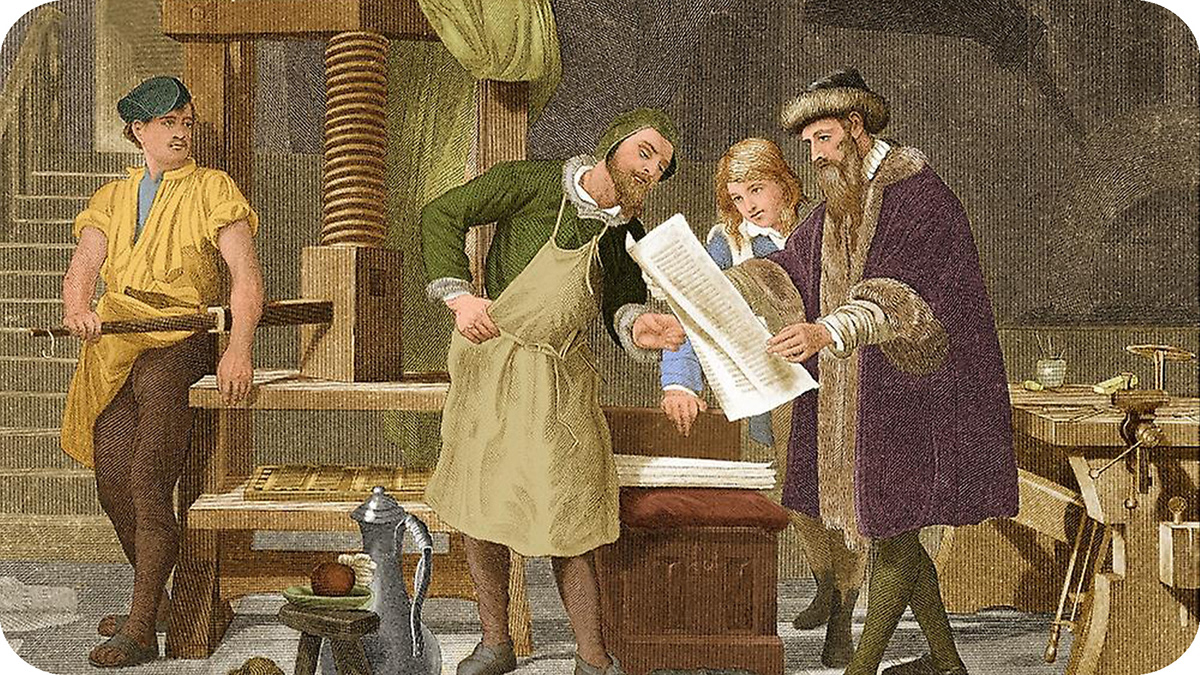
In 1439, Johannes Gutenberg introduced movable type to Europe, and this enabled mass communication in Western civilization. The design of Gutenberg, in which wood was replaced with metal and printing blocks were replaced with each letter, proved a great improvement over the previous designs. With the Gutenberg press, literature and literacy became available to all, which made it to be affordable and accessible. People no longer had to rely on lengthy scholarly reproductions of books, thanks to the advent of the internet. As the Gutenberg printing press opened the way for more commercial applications of design, advertising and graphic design subsequently developed.
What happened during the industrial revolution when it came to graphic design
The industrial revolution, which started around 1760 and lasted until the mid-1840, brought new technology that helped to improve the productivity and efficiency of manufacturing methods, such as lithography.
Lithography is a printing process that involves ink application to a surface, such as a stone or metal plate, and transfer to a sheet of paper. This ultimately led to the use of chromatography, which is essentially a form of lithography but using color.
The very first graphic design company

Created in 1903 by the painter Koloman Moser, the architect Josef Hoffmann, and the patron Fritz Waerndorfer, the Wiener Werkstätte (which translates to Vienna Workshop) is a meeting place for artists, architects, and patrons in Vienna, Austria.
The Werkstatt merged architects, artists, and designers in various fields, including ceramic, fashion, silver, furniture, and graphic design. Their architecture is considered to be a revolutionary design and an early influence in Art Deco and Bauhaus designs. As one of the first collectives of working professionals, they played a major role in design practices for the future.
Graphic design trends that had an impact on key art
Now you have a clearer understanding of how the earliest form of visual and written communication helped shape graphic design. Let's go through some key influential art movements that were significant in shaping the history of graphic design.
You will see how these art movements affect popular culture and how some of them also re-emerge into fashion. They are in reality
1) Art nouveau
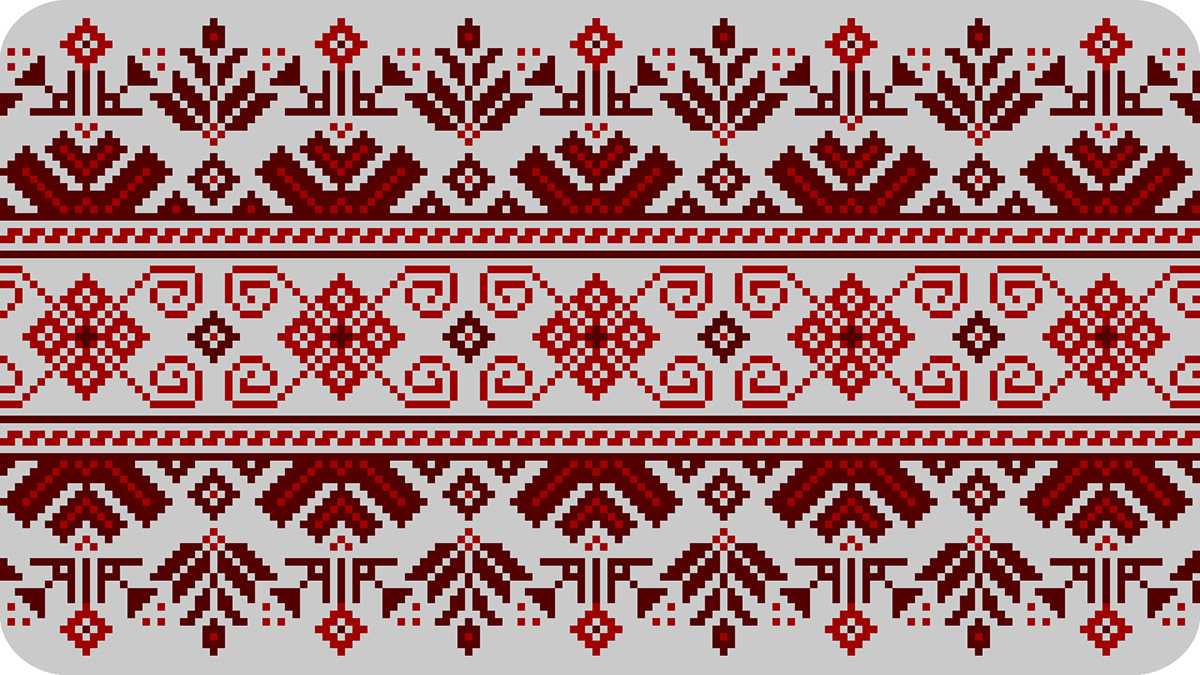
2) Bauhaus

3) The Art Deco
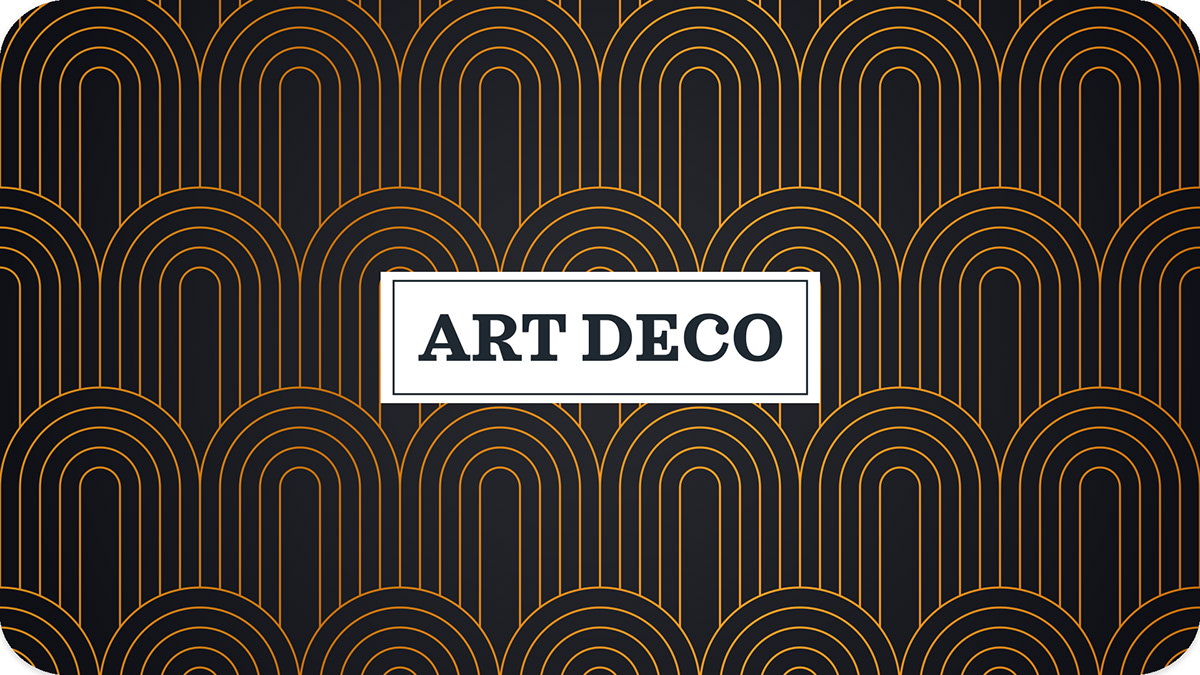
4) Swiss design

5)Pop Art

6) Postmodernism

7) The age of Digitization
The advent of digital technologies offered a whole new way of producing graphics design. Apple launched the Macintosh in 1984. It had a simple, user-friendly interface that welcomed customers as creators by saying “Hello.”
Photoshop was developed in 1990 as a free graphics editing program anyone could use to create custom designs and manipulate images. Basic applications such as Microsoft Paint allowed millions of people to use digital art.
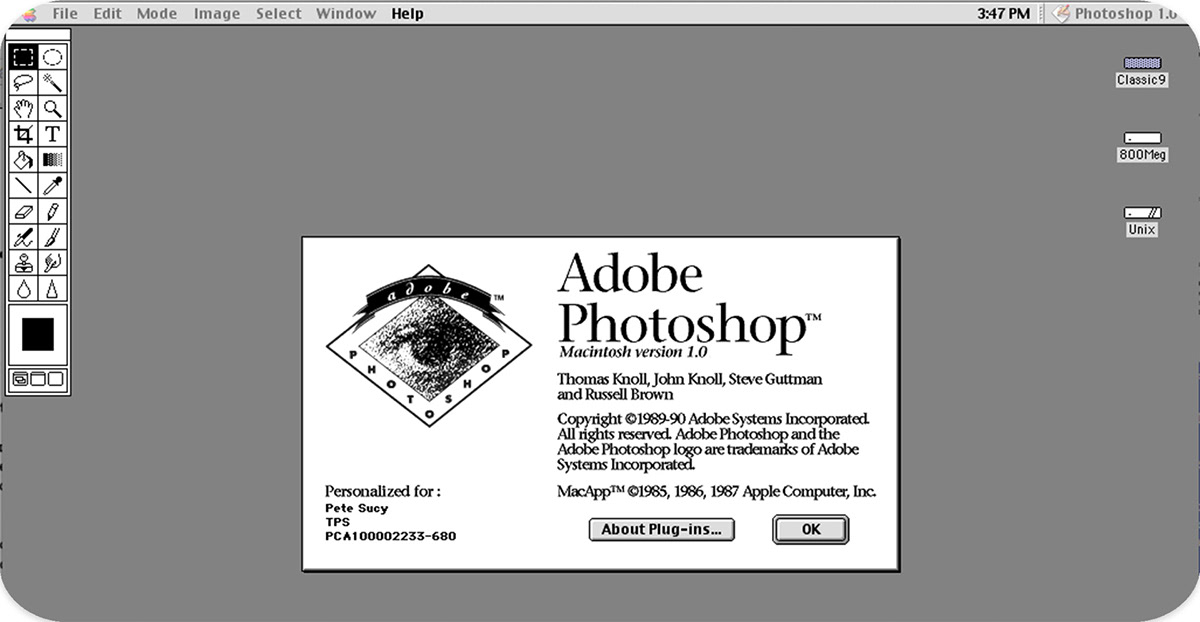
How art movements impact style of design

These are just a few of the many art trends that were produced over time. Have you noticed how one artistic trend affects the next? A particular form of design, such as the Swiss style, may be common for a time, for example, but then something like Postmodernism comes in and upends the field.
Using design trends as an example, certain ideas will be popular for a period of time before something new replaces them. Remember the gradients and bevels in early iPhone app design? Ultimately, the curvy design pattern was replaced by a flat design style.
The future of graphic design looks promising
More and more, modern graphic design can be divided into various design disciplines. Formal: Print and advertising design were once the cornerstone of graphic design. In the late 1990s, the advent of Photoshop and the Internet opened up a whole host of new design disciplines. Online design, interactive design, UX/UI design, and product design are only a few examples of product design. While all of these specializations in design have their roots in graphic design, it is worth noting that they are all related in some way.
As you know, graphics design has a rich past, but now that you understand, how can you be ready for the future of visual design?
As you know, graphics design has a rich past, but now that you understand, how can you be ready for the future of visual design?
Maintain a multi-disciplinary orientation in your design work. Style will move along with trends that come and go, so make sure you are ready to follow those changes. Specialization will lead to progress, but it's equally necessary to comprehend the graphic design umbrella. Use what you know, continue to learn, and develop as design progresses.


